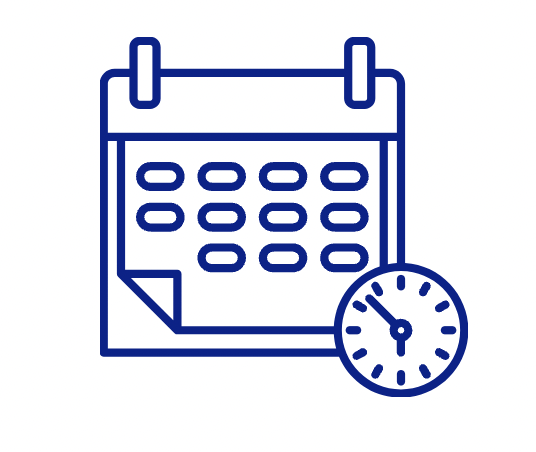Following up with clients is an essential part of being a successful health insurance agent. However, there’s a fine line between being persistent and being overly aggressive. Clients appreciate agents who keep them informed and engaged without feeling pressured. Here are the best practices for following up without being pushy:
1. Set Expectations Upfront
One of the best ways to ensure a smooth follow-up process is to set expectations early. Let clients know when and how you will follow up, whether it’s via email, phone, or text. This transparency reduces the chance of your outreach feeling intrusive.
2. Provide Value in Every Interaction
Each follow-up should offer something valuable to the client. Instead of simply asking if they’re ready to make a decision, share important updates, industry insights, or helpful resources that educate them about their options.
3. Use a Mix of Communication Channels 
Not every client prefers the same method of communication. Some may respond better to emails, while others prefer text messages or phone calls. Diversifying your follow-up methods ensures you reach them in a way that feels comfortable.
4. Time Your Follow-Ups Wisely
Avoid bombarding clients with multiple follow-ups in a short period. Space out your outreach, giving them time to process information and make decisions. Following up within a week of an initial conversation and then again, a few weeks later is a good practice.
5. Personalize Your Approach
Clients appreciate a personal touch. Instead of sending generic messages, tailor your follow-ups based on previous conversations. Reference their specific concerns or interests to show that you’re paying attention to their needs.
6. Ask Open-Ended Questions 
Instead of asking yes-or-no questions like “Are you ready to buy?” try open-ended questions such as “What additional information can I provide to help with your decision?” This encourages dialogue and helps you better understand their concerns.
7. Automate When Appropriate
Using CRM tools and automated email sequences can help you follow up efficiently without seeming overbearing. Automated reminders for policy renewals or educational content can keep you on your clients’ radar without manual effort.
8. Be Understanding and Respectful
If a client isn’t ready to move forward, respect their decision. Let them know you’re available whenever they need assistance. A no-pressure approach often leaves a positive impression, making them more likely to return when they’re ready.
9. Leverage Social Media for Passive Follow-Ups
Engaging with clients on social media by posting valuable content or responding to their comments can serve as a passive follow-up strategy. It keeps you visible without direct outreach.
10. Know When to Step Back 
If a client repeatedly ignores your follow-ups or expresses disinterest, recognize when to step back. Pushing too hard can turn them away for good. Instead, keep them in your database and check in periodically with useful updates.
Conclusion
Effective follow-ups are about balance. By providing value, personalizing communication, and respecting clients’ preferences, you can stay top-of-mind without being pushy. A thoughtful, strategic approach will help you build stronger relationships, increase client retention, and ultimately grow your health insurance book of business.


Leave A Comment
You must be logged in to post a comment.